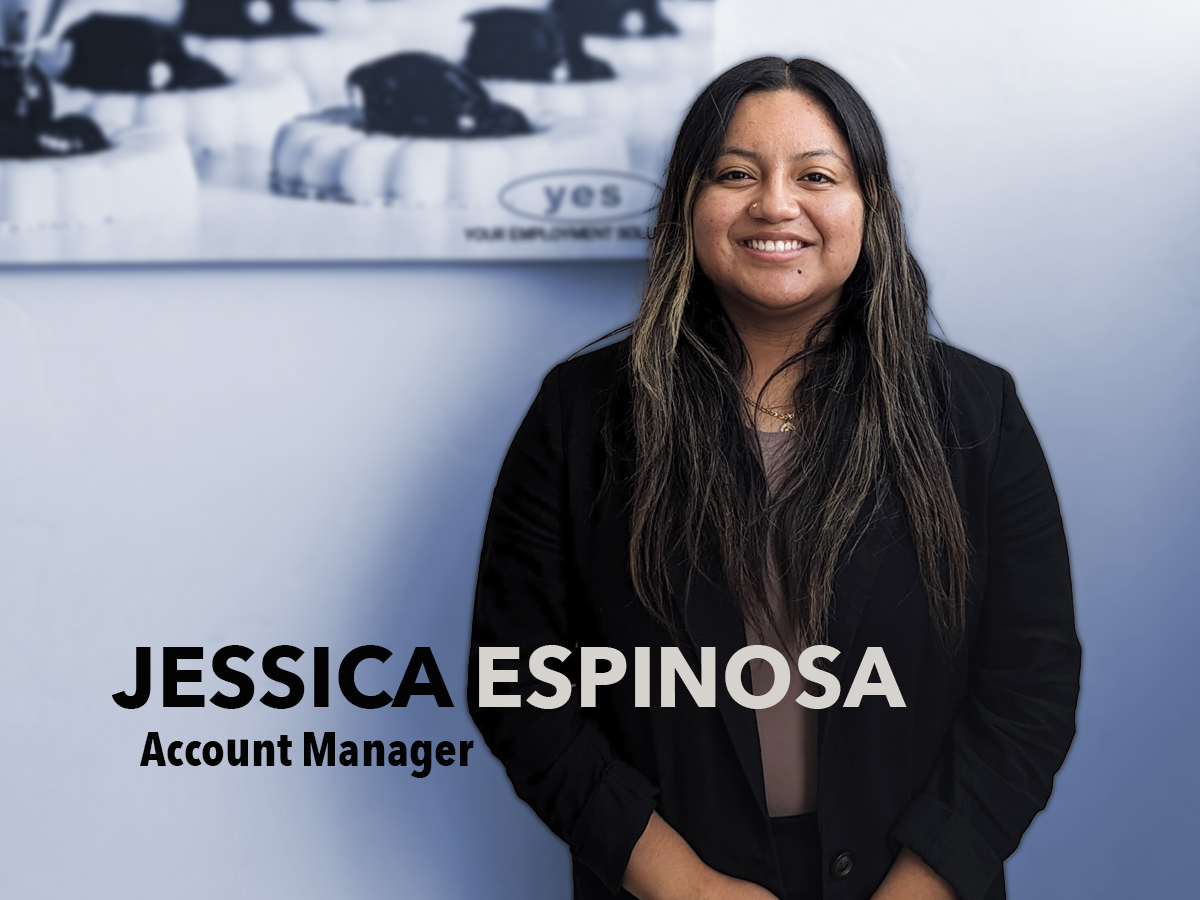Tips for Creating a Great Resume
Writing a resume can be a difficult and daunting task. When sitting down to begin a resume, you might wonder what an employer looks at most closely? How long is too long or how short is too short of a resume? How many jobs should I include or what about jobs I was terminated from? How do I explain any gaps in employment? What jobs or skills should be highlighted versus left out?
There are a lot of variables to consider when trying to write the perfect resume. As a Human Resources professional who reviews a lot of resumes and has created a number of my own, here are some suggestions I would have for the active job seeker.
Consider the type of resume you want to have. The type of resume you choose can help you decide the length of the document, how many jobs and which jobs to list, what to do about gaps in employment, and what jobs and/or skills should be highlighted. Here are some common resume types:
 The Chronological Resume
The Chronological Resume
A chronological resume lists your work history in order according to dates. With this type of resume, you would begin with your most current or recent position and end with the earliest. Many employers prefer this type of resume because it gives them an overview of your experience as a timeline.
This is a basic resume that might be best for those with a solid work history and have no gaps in employment. It is also beneficial if most of your experience coincides with the job you are interested in. Any work history should be included whether they were full time or part time positions, internships, volunteer work, or anything else that will showcase the knowledge and skills you have to offer.
Here is more information on the chronological resume.
The Functional Resume
A functional resume focuses more on your knowledge, skills, and abilities and your experience more than just a list of your work history. This type of resume is helpful if you have lapses in your employment, as it can showcase what your abilities have to offer.
This type of resume is also very beneficial for recent graduates who have limited work experience or those who might be looking for a career change.
Here is more info and examples of a functional resume.
The Combination Resume
A combination resume can highlight both your knowledge and skills while also providing a chronological listing of your work experience. This type of resume gives you more flexibility in that you can list your employment history but also show what kind of employee you are and what you have to bring to the new potential employer. Keep in mind that this resume can quickly grow to a large document. You only have so much space available to get your point across before a recruiting or HR professional gets bored or lost in too much information.
In this type of resume, I would suggest listing most recent or advanced positions, degrees, or certifications first and with more detail. If there are older accomplishments that are specific to the position, I would list them as well, but if they aren’t related to the position you are applying for I would probably list them with a simple bullet point or line item and not list too much detail. After all, they are important to showcase who you are but might not be essential to the job.
Here are some resources on the combination resume.
The Targeted Resume
A targeted resume is a customized document that focuses on the position you are applying for. In this type of resume, you should list your work history, abilities, and education that directly relate to or comply with the requirements of the job.
If interested in writing a targeted resume, it’s important to take some extra time to study the job description of the position you are wanting. It is important to know what skills and attributes the prospective employer is looking for. Consider reviewing the company’s website or social media accounts to get a better idea of the vision or mission statement of the company and to learn more about the company culture. Having a better understanding of the employer can help you determine if you would enjoy working for them and can also help you tailor your resume in a way that would make the employer want to know more about you.
Here is additional advice for a targeted resume.
If you’re unsure of which type of resume to write, I would suggest taking a stab at any or all of them and see how it feels. Personally, I have written numerous versions of each of these types of resumes and have submitted different resumes to different job postings depending simply on gut feel.
PRO TIP: The extra time spent testing different resume types could pay off later when you land the job you’re applying for!
Another big suggestion I would have when writing a resume is to add some detail to each position you choose to list. Unfortunately, from a hiring managers perspective, it’s a little unsettling when you receive a resume with job titles and previous employers listed, but no detail as to what they actually did in that role. However, it’s also a bit frustrating when there’s too much information to read through and digest.
The detail shouldn’t be exhausting or too long and should mainly focus on the essential functions of the job and the skills and abilities you used or learned while working there. The hiring manager doesn’t need to know every little detail and every little task you had while on the job, but they do want to have an idea of what you did. They want to know what you spent the majority of your time doing and how you progressed while working at your previous employers. This will help highlight the unique abilities you can bring to the job.
Resume Writing Basics
Last, but not least, don’t forget some of the basics!
Keep it brief – One page is effective, but detail that pushes it to 2 pages can be helpful in showcasing your knowledge, skills, and abilities. A long resume might not get looked at very closely and some of your most valuable traits and assets could easily be overlooked.
Keep it professional – Use a common font and standard font size. Check for spelling, punctuation, and grammatical errors. Fancy font or spiced up graphics can be distracting and are unnecessary.
List specific skills – List additional proficient skills or traits such as speaking another language, technical skills, teaching or managerial skills, etc.
Know your references – Avoid the phrase “references available upon request”. If a prospective employer is interested, they will ask for your references. Be sure you know them and have them readily available upon request if not already included with your resume.
Update regularly – Review your resume every few months. This will help you keep it updated as you gain new skills or more education. Your resume will then be accurate and current if, and when, you need it again.
I hope this advice is helpful for those in the process of creating or updating their resume. Please feel free to check out our blog for more posts about interviewing techniques for when your awesome resume helps you land an interview for the job you have your eye on!
Alison Evans
Human Resources Manager
Your Employment Solutions




